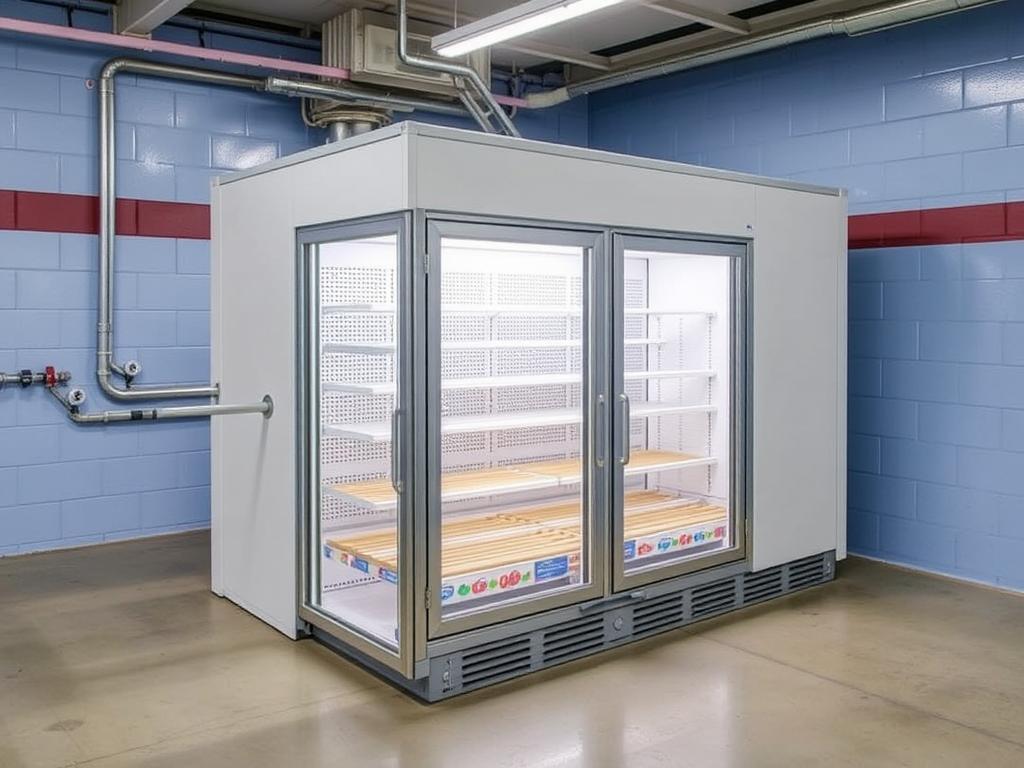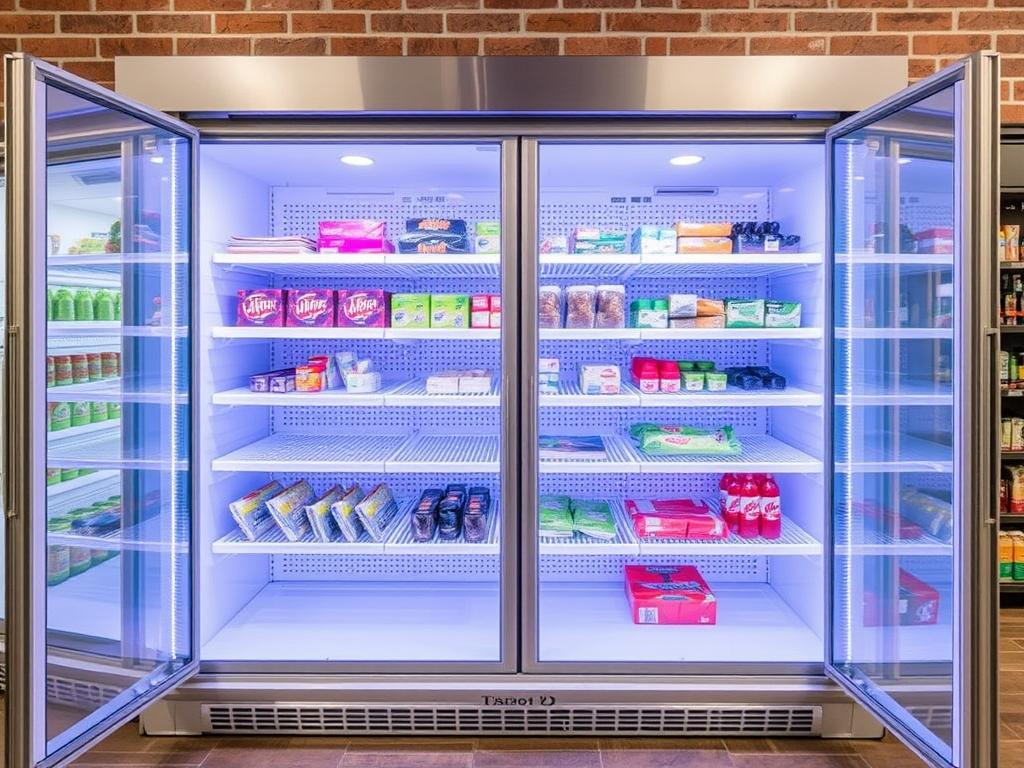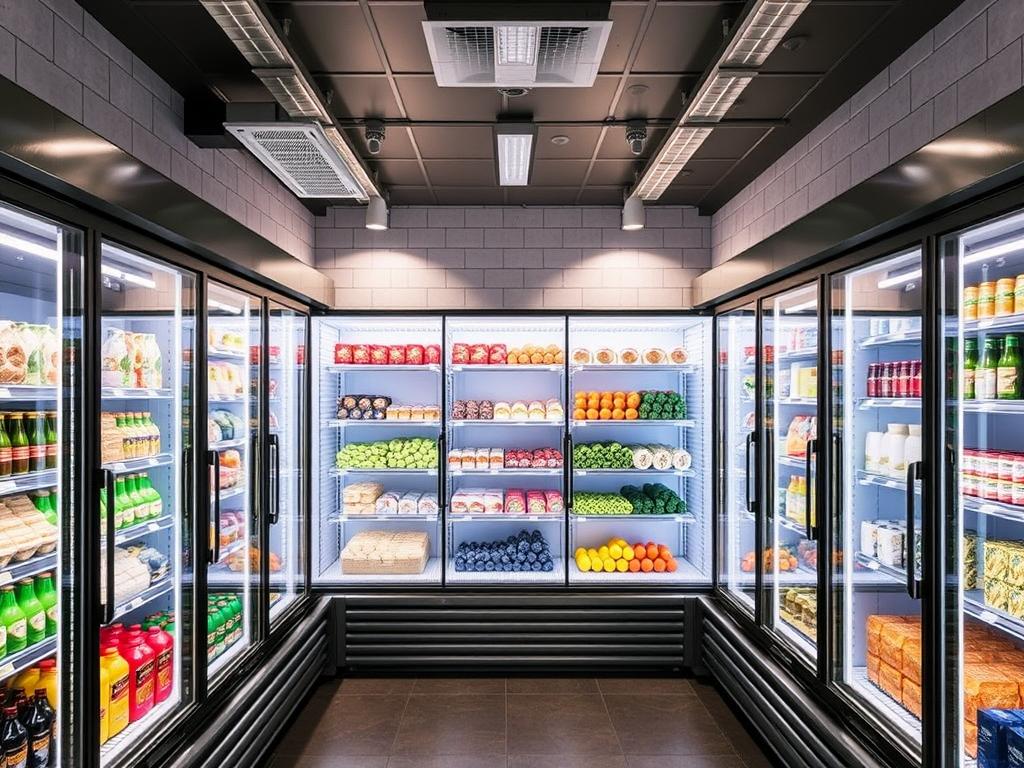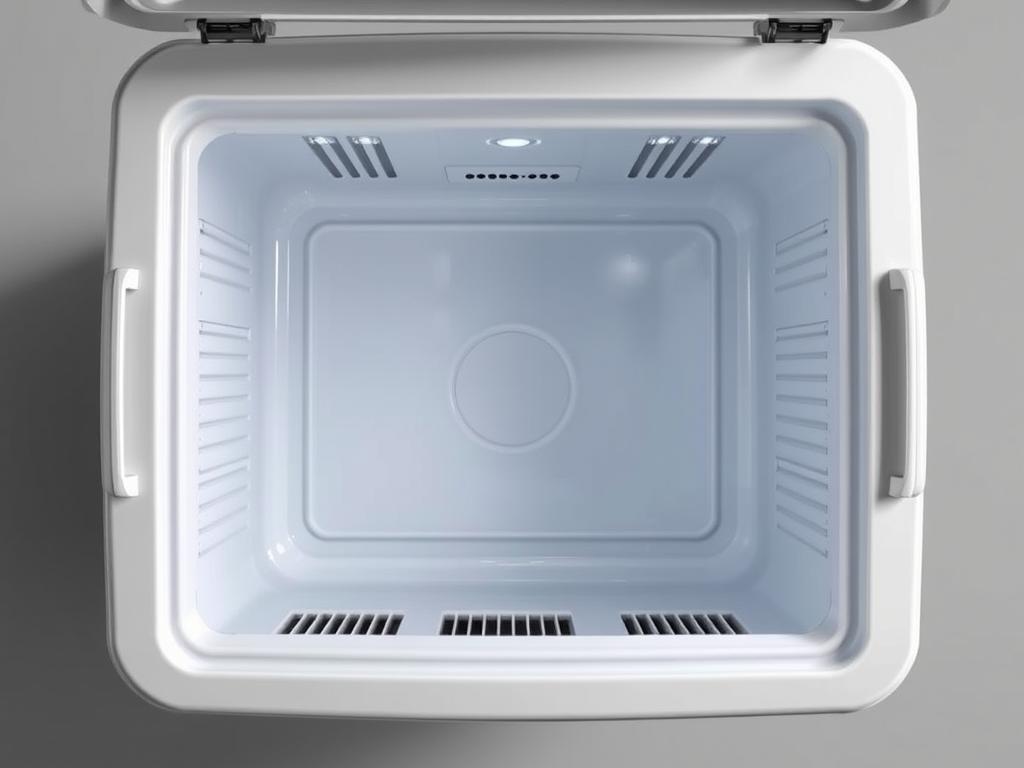If you’re running a restaurant, hotel, or café, you know how crucial it is to keep your ingredients fresh and your food stored safely. And at the heart of every successful food business lies a reliable walk-in cooler. But have you ever wondered what makes a walk-in cooler truly top-tier? Whether you’re planning a new build or looking to upgrade your current setup, understanding what goes into designing the best walk-in cooler can save you money, prevent spoilage, and improve your operational efficiency. So, let’s dive into everything you need to know about creating the ultimate walk-in cooler.
Understanding the Importance of a Top-Quality Walk-In Cooler
A walk-in cooler isn’t just a giant fridge; it’s the backbone of your kitchen or hospitality business. It ensures that perishable goods stay fresh longer, helps you manage inventory more efficiently, and can enhance food safety standards. When you invest in a top walk-in cooler, you’re investing in peace of mind — knowing that your ingredients are stored properly, waste is minimized, and your business runs smoothly.
But what exactly makes a walk-in cooler “top”? It’s not only about size or price. It’s about design, insulation, cooling capacity, and the quality of materials used. Understanding these components will give you better insight into how to build or choose the best unit for your needs.
Key Factors When Building the Best Walk-In Cooler
Designing a walk-in cooler involves multiple considerations. Here’s a rundown of the most critical factors to keep in mind:
1. Proper Sizing and Layout
Before jumping into construction details, determine how much space you need. Think about your current inventory levels, anticipated growth, and the types of products you’ll store. Overestimating can lead to unnecessary costs, while underestimating might compromise your storage capacity.
Create an efficient layout that allows easy access to all items, with clear pathways for staff to move safely and swiftly. Consider shelving height and placement to maximize storage capacity.
2. Insulation Quality
High-quality insulation is the backbone of an energy-efficient walk-in cooler. The best units feature walls with multiple layers of foam board or spray foam insulation, which minimize heat transfer and lock in cold air.
Here’s a quick rundown of insulation options:
| Type of Insulation | R-value | Benefits |
|---|---|---|
| Polyurethane foam panels | High | Great insulation, lightweight, durable |
| Polyisocyanurate panels | Very high | Excellent thermal resistance, fire-resistant |
| Spray foam | Very high | Seals gaps effectively, versatile application |
Choosing the right insulation depends on your budget, space constraints, and energy efficiency goals.
3. Efficient Cooling System
The cooling unit is the heart of the walk-in cooler. When selecting a compressor and evaporator coil, consider your storage volume and typical usage patterns. An energy-efficient cooling system will save you money on electricity bills and reduce maintenance costs.
Look for features like adjustable thermostats, automatic defrost, and back-up alarms. Proper airflow within the unit is essential to maintain uniform temperature — uneven cooling can lead to spoiled products.
4. Quality Materials and Construction
Durability is key when building a walk-in cooler. Use corrosion-resistant materials like stainless steel for interior walls and shelving, especially in environments exposed to humidity and frequent cleaning. For outdoor units, weather-resistant panels protect against the elements.
It’s also vital that all fixtures (doors, locks, hinges) are robust, secure, and designed for easy cleaning.
5. Door Design and Sealing
The door is the gateway to your cooled inventory. Select doors with tight seals and automatic closers to prevent cold air from escaping when someone enters or leaves. Consider installing a double-door or a curtain to minimize temperature fluctuations during frequent access.
Additional Tips for a Successful Construction or Upgrade

– **Energy Efficiency:** Invest in LED lighting inside the cooler and select energy-efficient compressors to reduce operational costs.
– **Security:** Durable locks and access controls help prevent theft and unauthorized access.
– **Compliance:** Ensure your walk-in cooler design adheres to local health and safety regulations.
– **Maintenance Access:** Design for easy access to refrigeration units and electrical components for routine servicing.
The Top Walk-In Cooler Features You Should Not Compromise On

- High R-value insulation for energy savings
- Energy-efficient refrigeration systems
- Durable and easy-to-clean materials
- Reliable temperature controls
- Enhanced door sealing and automated closing
- Optimal airflow design inside the unit
These features will ensure your walk-in cooler performs consistently over years, saving you money and stress.
Conclusion
Building a top walk-in cooler for your restaurant, hotel, or café isn’t just about throwing together a big fridge. It’s about thoughtful design, choosing high-quality materials, and investing in energy-efficient systems that will optimize your operation and extend the life of your inventory. Taking the time to carefully select insulation, cooling units, and door mechanisms pays off in lower utility bills, better food safety, and happier customers.
If you plan to upgrade or build from scratch, remember that partnering with experienced professionals is the best way to ensure your cooler meets all your needs and standards. The right walk-in cooler will become your business’s loyal partner, keeping everything fresh, safe, and ready to serve.
#FreshFood #FoodStorage #ConstructionTips #RestaurantDesign #CoolingSolutions #EnergyEfficiency #FoodSafety #HotelManagement #CaféLife #BusinessGrowth

